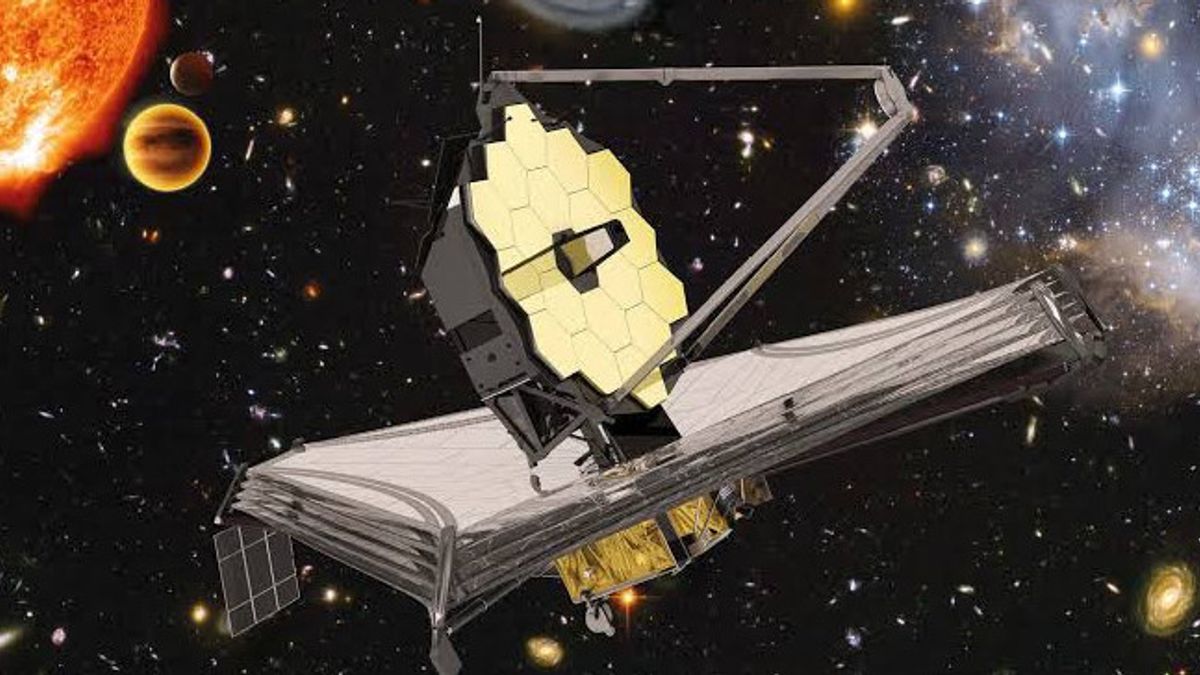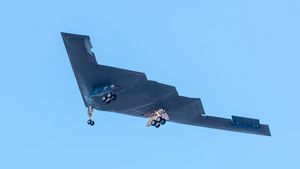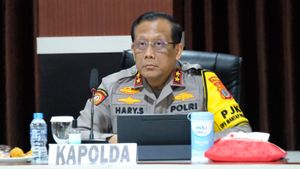JAKARTA - In outer space, the most unavoidable danger is micrometeoroids, which can cause quite fatal attacks. The James Webb telescope had just hit the celestial body.
According to a NASA report on its official website, Friday, June 10, between May 23 and 25, the Webb Telescope experienced an impact on one of its main mirror segments.
"After the initial assessment, the team found that the telescope was still operating at a rate that exceeded all mission requirements even though the effect was slightly detectable in the data," NASA said.
Thorough analysis and measurement is in progress. However, the impact will continue throughout the Webb Telescope's lifetime in space.
However, such an event was anticipated in advance when constructing and testing the mirror on the ground. After the successful launch, deployment, and alignment of the telescope, the initial performance of the Webb Telescope has far exceeded expectations.
The Webb Telescope's mirrors are engineered to withstand the impact of the micrometeoroid environment on its orbit around Sun-Earth L2 from dust-sized particles flying at extreme speeds.
NASA Engineer
While the telescope is being built, engineers are using a mix of simulated and actual impact tests on mirror samples to fortify the giant observatory in orbit. This latest impact was bigger than modeled, and beyond what the team could test in the field.
"We've always known that the Webb Telescope would have to deal with the extraterrestrial environment, which includes harsh ultraviolet light and charged particles from the Sun, cosmic rays from exotic sources in the galaxy, and occasional micrometeoroid strikes within our solar system," said the deputy project manager. engineer at NASA's Goddard Space Flight Center, Paul Geithner.
"We designed and built the Webb Telescope with performance, optical, thermal, electrical, mechanical margins to ensure it can carry out ambitious science missions even after years in space."
For example, due to careful work by the team, the Webb Telescope's optics are kept cleaner than needed while in the field, their pristine cleanliness increases reflectivity and overall throughput, thereby increasing total sensitivity.
By adjusting the position of the affected segment, the technician can partially cancel the distortion. This minimizes the effects of any impact, although not all degradation can be undone this way.
To protect the Webb Telescope in orbit, the flight team could use a protective maneuver that intentionally diverts optics from meteor showers that are known to occur before they occur.
As a result of this impact, a special team of engineers has been formed to explore ways to further reduce the effect of micrometeoroid hits of this scale.
The English, Chinese, Japanese, Arabic, and French versions are automatically generated by the AI. So there may still be inaccuracies in translating, please always see Indonesian as our main language. (system supported by DigitalSiber.id)










